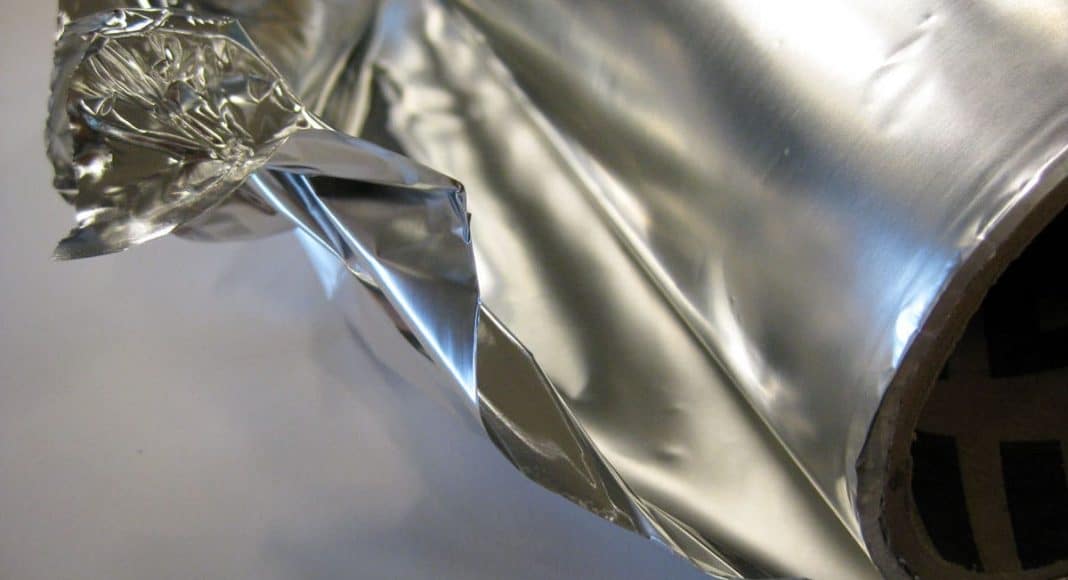As grilling season approaches full-swing, an age-old question has resurfaced: which side of the aluminum foil is supposed to be facing outwards when cooking?
Even those who have never touched an oven or grill know that aluminum foil has two sides: one shiny, one dull. But is there a difference?
While some cooks profess the need to cook food with the shiny side pointed inwards, because it will reflect heat waves (sure, grandma), the heartbreaking truth is that there’s really no difference. (With that said, there is an ongoing debate regarding “aluminum oxide” and whether or not it should be touching food).
-
Related Story: 7 Grilling Hacks That Will Change Your Cook-Out Game
The two sides are different because aluminum foil is run through heavy rollers in the factory in a double layer; the sides that touch the highly polished rollers end up with a brighter finish, and the other sides end up matte.
Reynolds Kitchen, which makes aluminum foil, has even gone on record saying, “The difference in cooking is so minimal that we really say there’s no difference. There might be a small difference, but there’s no need to worry about it.”
There is one exception. When it comes to nonstick foil, the dull side (nonstick side) should be the side that actually touches food.
Fun fact: tin foil and aluminum foil, while often used interchangeably, are quite different. Before aluminum became readily available during the late 19th century, a lesser thin foil made of tin was used commercially (tin foil).
-
Related Story: Say, What? We’ve Been Using The Oven Drawer Wrong All Along
Also, have you ever wondered why your roll of aluminum foil tends to fall out whenever you attempt to tear off a piece? Get ready to have your mind blown and your life changed forever. This is how you fix that issue in one simple step.


